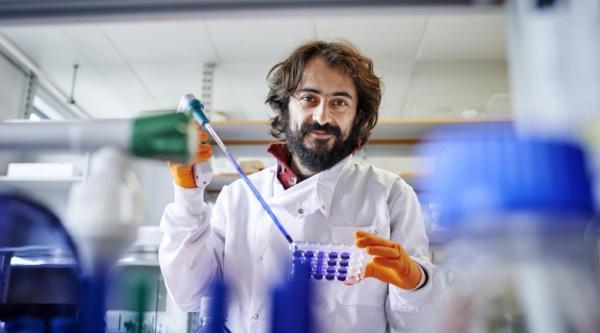MRC scientists make discovery in head-injury associated dementia - Alzheimer's Society comment
Researchers reveal the atomic structures of the tau protein, associated with chronic traumatic encephalopathy (CTE), and found that they differ in structure from those seen in Alzheimer’s disease.
Researchers at the Medical Research Council (MRC) Laboratory of Molecular Biology (LMB) have revealed the atomic structures of the abnormal tau filaments associated with chronic traumatic encephalopathy (CTE), a head injury-associated neurodegenerative disease, and found that they differ in structure from those seen in Alzheimer’s disease.
The study could lead to improved diagnosis of the disease, which is often not made until after death, and the development of new treatments to prevent its progression.
Dr James Pickett, Head of Research at Alzheimer’s Society, said:
'Dementia is now the UK's biggest killer, but we still have no cure, or drugs that can slow down its progression.
This innovative technique shows for the first time how the structure of a key protein, tau, varies in different forms of dementia.
'We’d always assumed that the way proteins fold in dementia would be the same in all forms of the disease, but this work has rewritten the rulebook.
'Although this research is still in its infancy, it has huge potential to develop drugs that target this protein with greater precision than ever before.
'Alzheimer’s Society’s Drugs Discovery Programme is looking into identifying new drugs to target proteins like tau, and insights from research like this will take us a step closer to finding effective treatments.'
Drug Discovery
An exciting new approach to developing treatments for dementia by 'repurposing' existing drugs.







